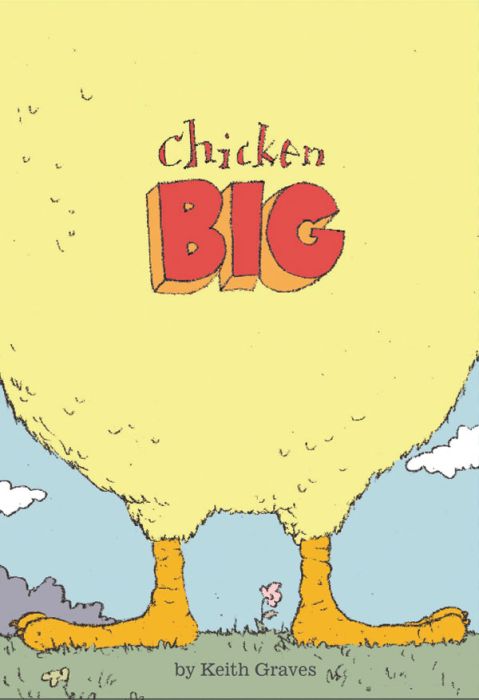
Chicken Big
Written and illustrated by Keith Graves
Publisher
Chronicle Books
Imprint
Chronicle
ISBN
Written and illustrated by Keith Graves
9780811872379
Awards and Honors Indies Choices E. B. White Read-Aloud Award, Picture Book Honor 2011Chicken Big
 16.99
16.99
Out of stock
SKU
9780811872379J
The chickens are shocked when a giant yellow feathered creature hatches from a humongous egg. He couldn't be a chicken. Could he? Full-color illustrations rendered in chicken scratch (pencil and pixels).
|
Standard MARC Records Cover Art |
Picture Books (K-2)
Picture Books
Picture Books (K-2)
For Grades K-2
This collection brings storytime to life with 12 fully illustrated fiction and nonfiction books per year. Featuring simple, easy-to-follow narratives and vibrant artwork, these books captivate young learners and encourage early literacy skills. Perfect for reading aloud or independent exploration!
12 books per Year
$236.64 per Year
Interests
Beginning Readers, Fiction, Picture Books, Storytime/Read Alouds


